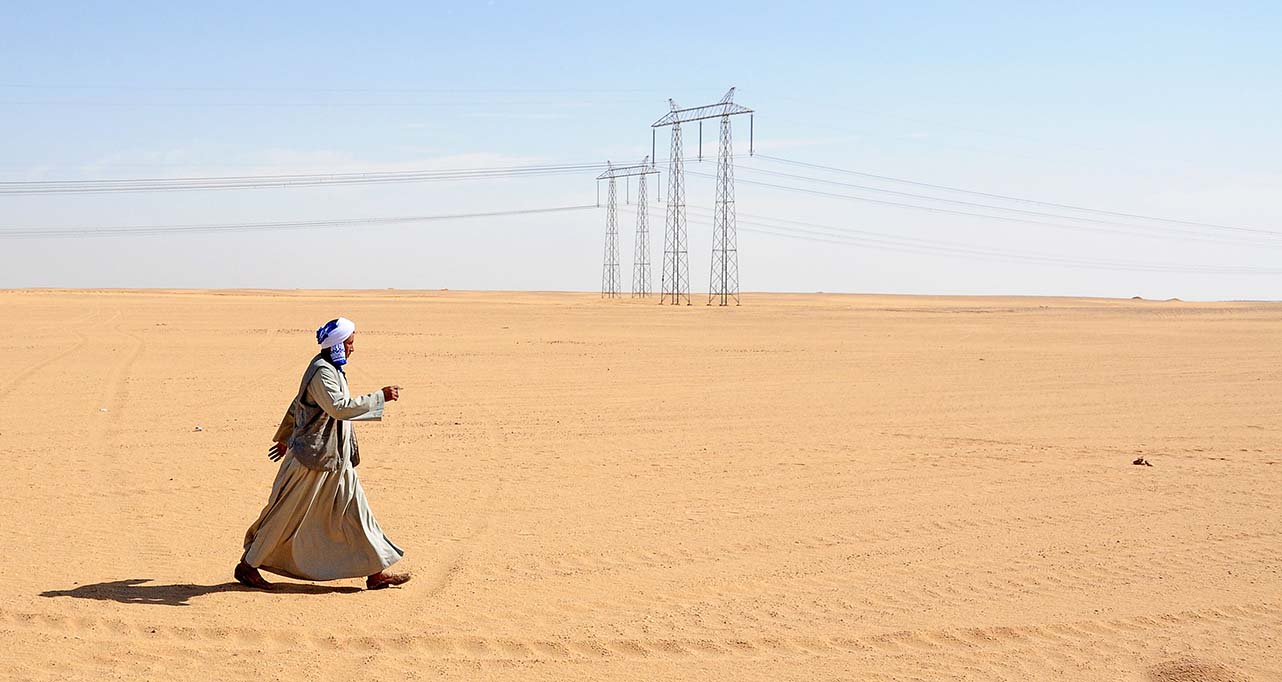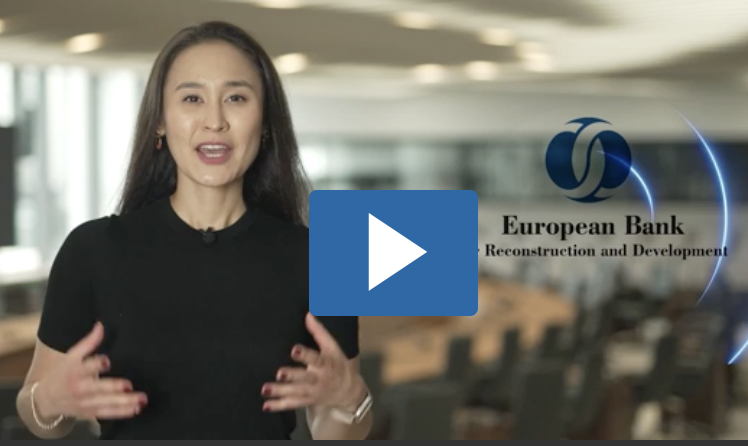- Development banks set €3 billion joint target for 2026–30 to tackle ocean plastic pollution
- Original initiative has reached €4 billion target for plastic pollution reduction
- COI 2.0 expands the partnership’s focus to include waste prevention and circular economy
Building on a shared commitment to marine sustainability, six public development banks today launched the Clean Oceans Initiative 2.0 (COI 2.0), a renewed and expanded partnership dedicated to drastically reducing plastic pollution in the world’s oceans. At the United Nations Ocean Conference in the city of Nice, Agence Française de Développement (AFD), European Investment Bank (EIB), Kreditanstalt für Wiederaufbau (KfW), Cassa Depositi e Prestiti (CDP), and European Bank for Reconstruction and Development (EBRD) together with the Asian Development Bank (ADB), which joins the initiative as a new member, set a joint financing target of €3 billion for the years 2026 to 2030.
Launched in 2018 and extended in 2022, the Clean Oceans Initiative is the largest multilateral effort dedicated to funding projects that reduce plastic pollution at sea. In May this year, the initiative achieved its target of raising €4 billion in long-term financing for public and private-sector projects aimed at reducing the discharge of plastics, microplastics and other litter into the oceans through improved management of solid waste, wastewater and stormwater. Project examples include improved wastewater treatment in Sri Lanka, China, Egypt, and South Africa; solid waste management in Togo and Senegal; and flood protection in Benin, Morocco, and Ecuador.
According to the United Nations, if current trends continue, the amount of plastic waste entering aquatic ecosystems each year could triple—from around 11 million tonnes in 2021 to 23–37 million tonnes by 2040. This new phase of the Clean Oceans Initiative is the international financial community’s response to these challenges. COI 2.0 will maintain its focus on reducing marine litter, while increasing its impact by placing stronger emphasis on waste prevention and supporting circular economy solutions, including projects that develop alternatives to plastic.
Some of the largest amounts of plastic enter the ocean in Asia, making it essential to join forces with local partners. The Asian Development Bank brings crucial regional expertise to the initiative and will be able to leverage projects in its area of action. Going forward, one of the objectives is to measure the impact of the enhanced initiative using scientifically robust and easy-to-apply indicators, especially in the area of plastic pollution prevention.
Background
Oceans are vital to life on Earth, providing food, income, climate regulation, and natural resources for billions of people. They absorb about 30% of global carbon dioxide emissions, helping to buffer climate change.
Plastic pollution threatens marine ecosystems and the livelihoods of millions who depend on healthy oceans. Most ocean plastics originate from mismanaged waste on land, often carried by rivers due to inadequate waste collection and water treatment, especially in rapidly growing cities. Microplastics alone account for an estimated 1.5 million tonnes entering the oceans each year.
The Clean Oceans Initiative 2.0 focuses on projects in coastal areas that address plastic pollution entering the ocean, particularly in Asia, Africa, and Latin America, where inadequate waste and water management in major river systems remains a critical challenge.




